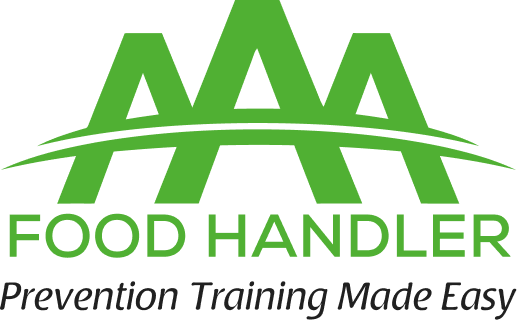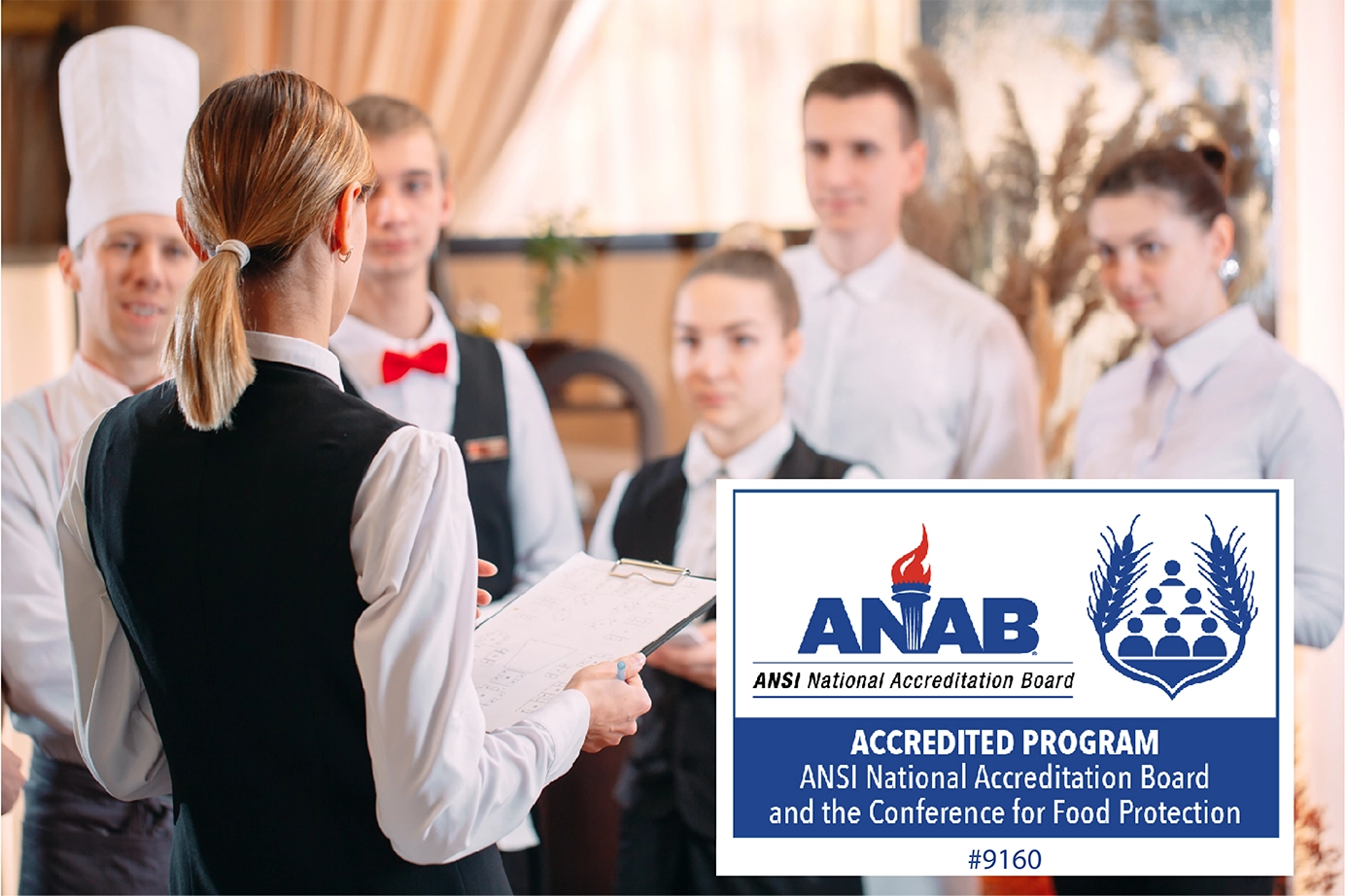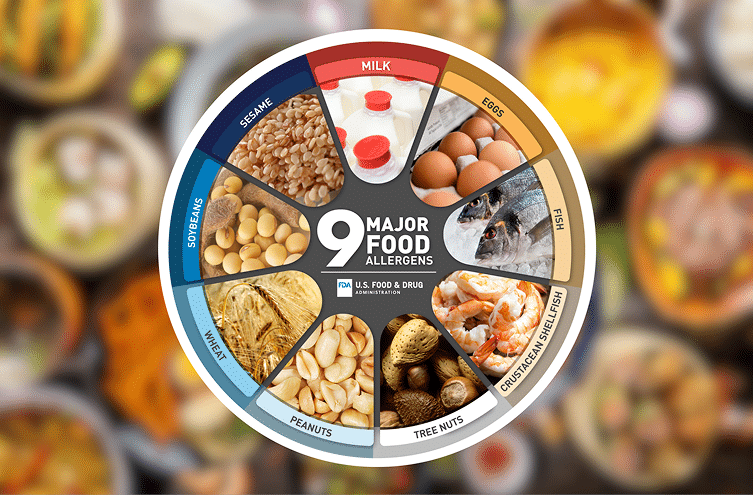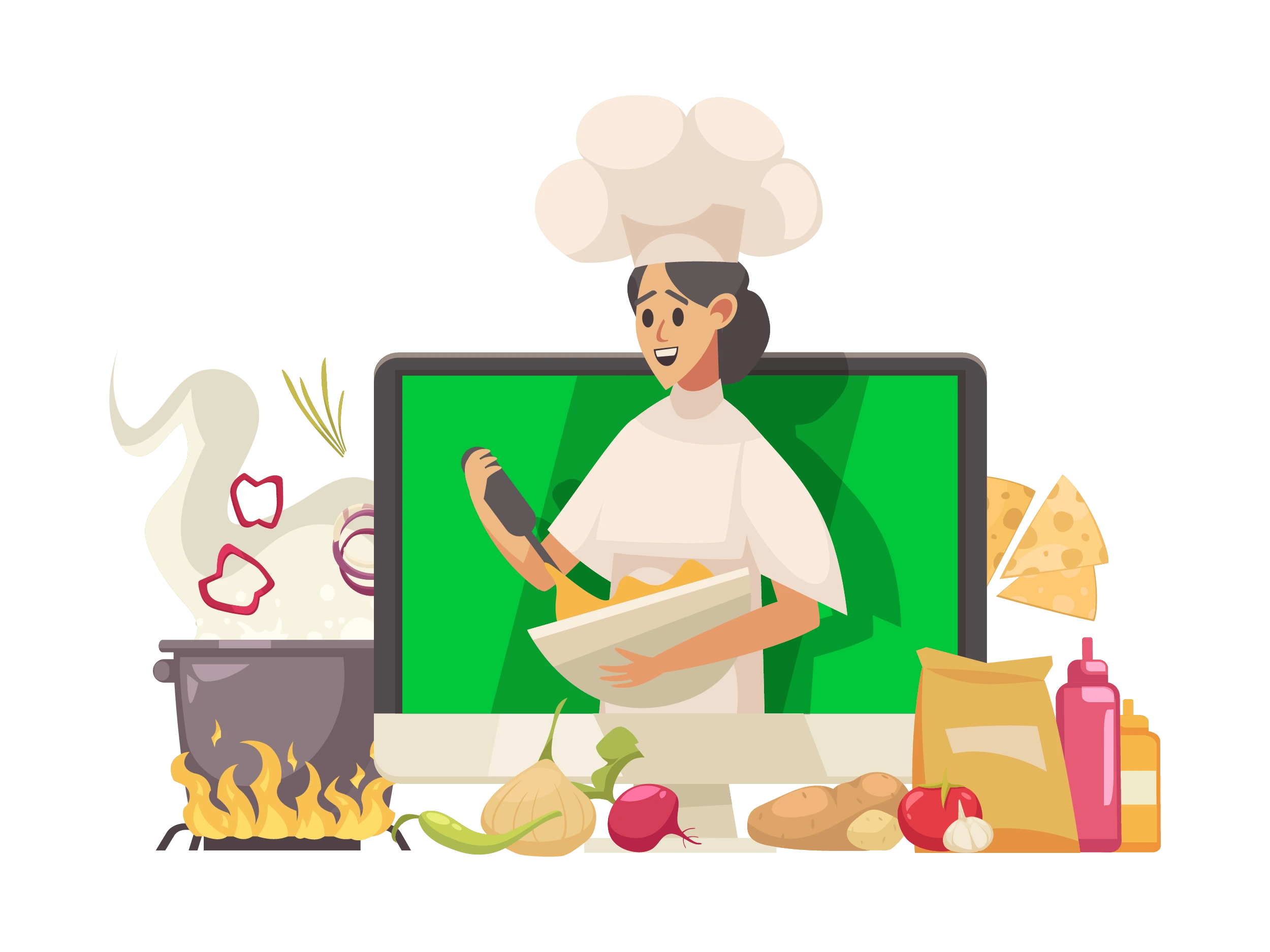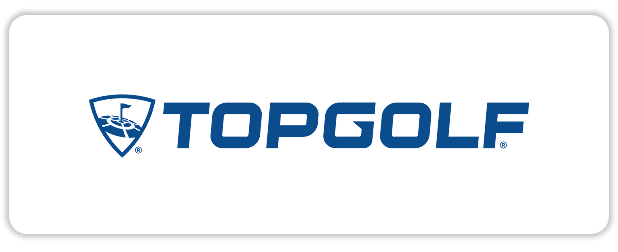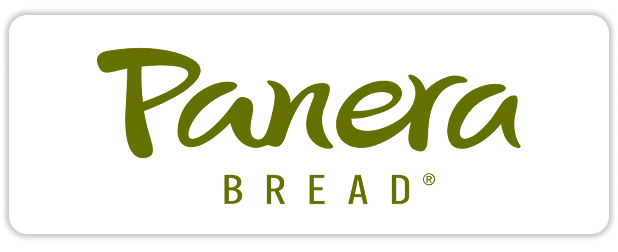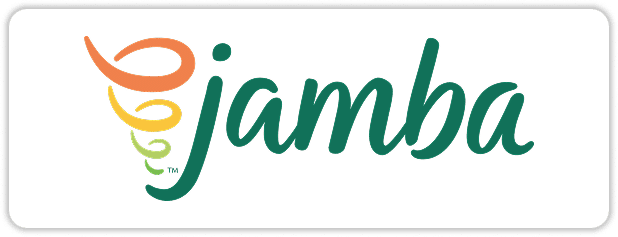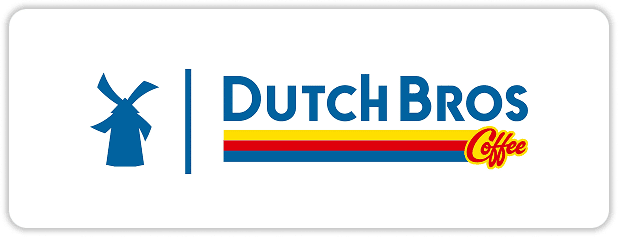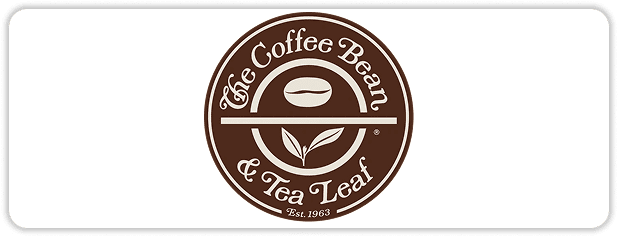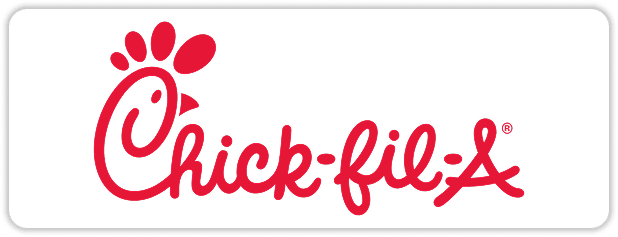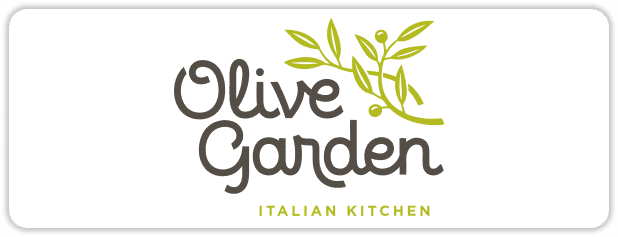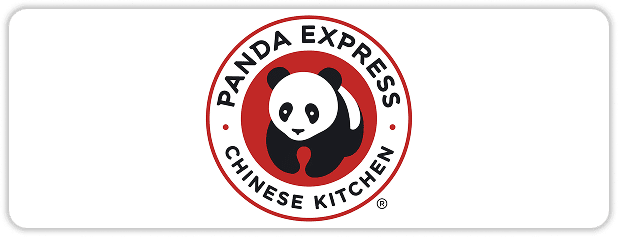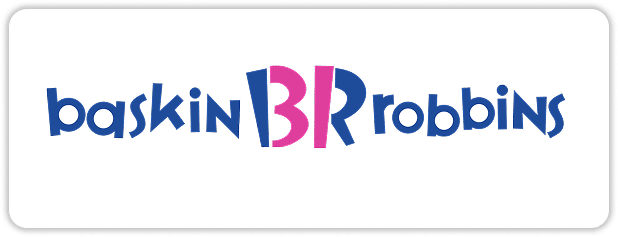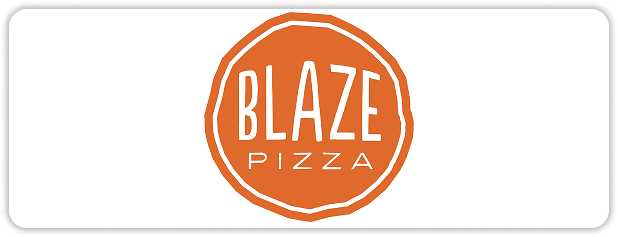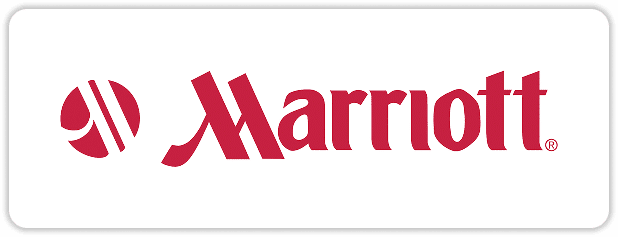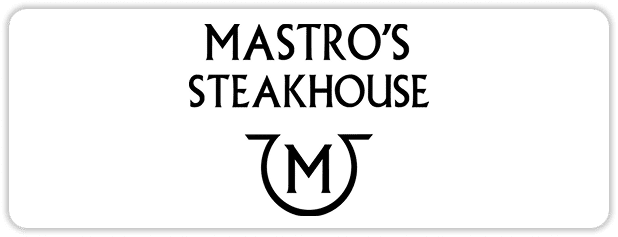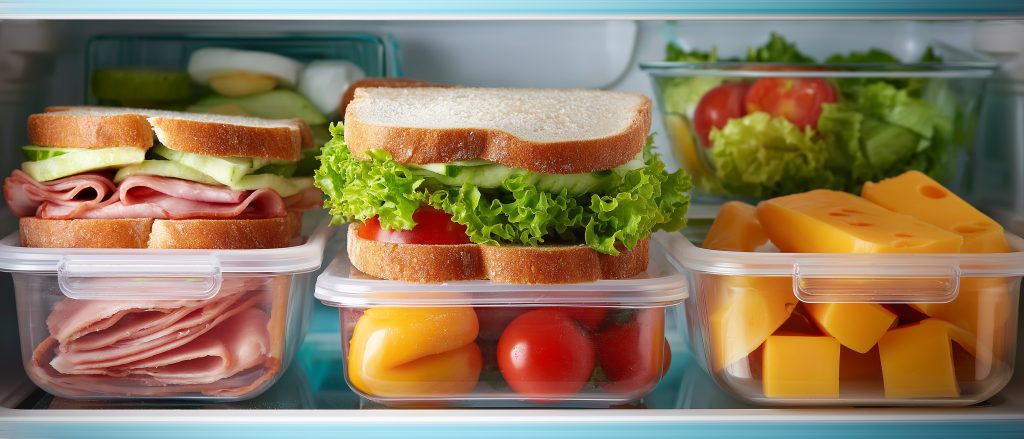
Handle with Care: The Smart Guide to Ready to Eat Food Definition
Mastering the definition of ready-to-eat foods is your first step toward a safer, cleaner, and brighter kitchen. According to AAA Food Handler’s research and practical experience, many food safety mishaps begin with confusion about storage, temperature, and handling.
So, what exactly does “ready-to-eat” mean? How do you keep these foods safe from contamination? And what steps should you follow in commercial or home kitchens?
This guide breaks down the ready to eat food definition, provides practical storage tips, and outlines safety protocols—backed by the expertise of AAA Food Handler.
What is the Ready to Eat Food Definition?
Ready-to-eat Food refers to any food item that can be consumed without additional cooking, heating, or preparation. These foods are typically washed, cooked, or processed beforehand to make them safe for immediate serving.
However, even though these foods are prepped for convenience, their safety depends heavily on how they’re stored, handled, and served.
Common examples of ready-to-eat (RTE) foods include:
- Sandwiches, wraps, and burgers
- Hot dogs and tacos
- Pizza and baked goods
- Cooked rice, pasta, and other grains
- Delis meats and sliced cheeses
- Washed and cut fruits and vegetables
- Milk, yogurt, and cottage cheese
- Cooked or cured meats and seafood (including sushi)

In contrast, non-RTE foods need more preparation before eating — such as raw meat, unwashed produce, or foods that must be reheated.
Why Safe Handling of Ready-to-Eat Foods Matters
Even though these foods are ready for consumption, they’re still vulnerable to cross-contamination and cross-contact.
- Cross-contamination occurs when harmful microorganisms transfer from one food or surface to another — for example, when raw chicken drippings come into contact with a sandwich or salad.
- Cross-contact occurs when allergens, such as nuts or gluten, are accidentally transferred from one item to another.
AAA Food Handler emphasizes that these are among the most common causes of foodborne illnesses in both restaurants and home kitchens
1. Use a Barrier — Not Bare Hands
RTE foods should never be handled directly with bare hands unless unavoidable. Even well-washed hands can still harbor bacteria.
Instead, use:
- Single-use gloves
- Deli tissues or food-grade paper
- Tongs, spatulas, or serving utensils
These tools form a safe barrier between your hands and the food, preventing contamination from skin contact.
2. Store on the Top Shelf — Keep It Protected
Where you store RTE foods in your refrigerator matters more than most realize.
AAA Food Handler recommends storing ready-to-eat foods on the top shelf to protect them from raw items stored below. Juices or drips from raw poultry, meat, or seafood can easily contaminate RTE foods if stored higher up.
Proper refrigerator storage order for food safety:
- Top shelf: Ready-to-eat items and leftovers
- Second shelf: Whole seafood cuts
- Third shelf: Whole beef and pork cuts
- Fourth shelf: Ground meats and seafood
- Bottom shelf: All poultry, whole or ground
Always cover and label RTE foods with preparation dates and discard them when they exceed safe holding times.
3. Clean and Sanitize Every Surface
Before switching from raw to RTE foods, clean and sanitize every utensil, cutting board, and work surface.
Food-contact surfaces include:
- Knives, spatulas, and spoons
- Cutting boards and countertops
- Mixer attachments or blender containers
AAA Food Handler advises using either a three-compartment sink, sanitizing solution, or a dishwasher for cleaning. Wiping with a damp cloth is not enough — proper sanitization eliminates bacteria that can survive ordinary rinsing.
4. Practice Excellent Personal Hygiene
Keeping yourself clean and practicing proper hygiene is crucial when handling ready-to-eat foods.
Follow these essential hygiene practices:
- Keep fingernails short, clean, and smooth-edged
- Avoid wearing jewelry.
- Always wear clean uniforms or aprons.
- Use hairnets, hats, or beard covers in food service areas to prevent contamination.
- Scrub your hands with soap under warm running water for a full 20 seconds before beginning and after any breaks.
- Cover wounds or cuts securely with bandages.
- Refrain from working when sick or exhibiting symptoms of illness.
These small habits go a long way in keeping ready-to-eat foods safe.
5. Maintain Proper Holding Temperatures
Temperature control is one of the most critical food safety measures.
Bacteria multiply quickly when food is kept between 41°F (5°C) and 135°F (57°C) — the temperature danger zone.
To avoid this:
- Hold hot RTE foods (like cooked rice or meats) at 135°F (57°C) or higher.
- Keep cold RTE foods (like salads, cut fruit, or dairy) at 41°F (5°C) or lower.
- Check temperatures every four hours using a calibrated food thermometer.
If food has been in the danger zone for longer than two hours, it should be discarded immediately.
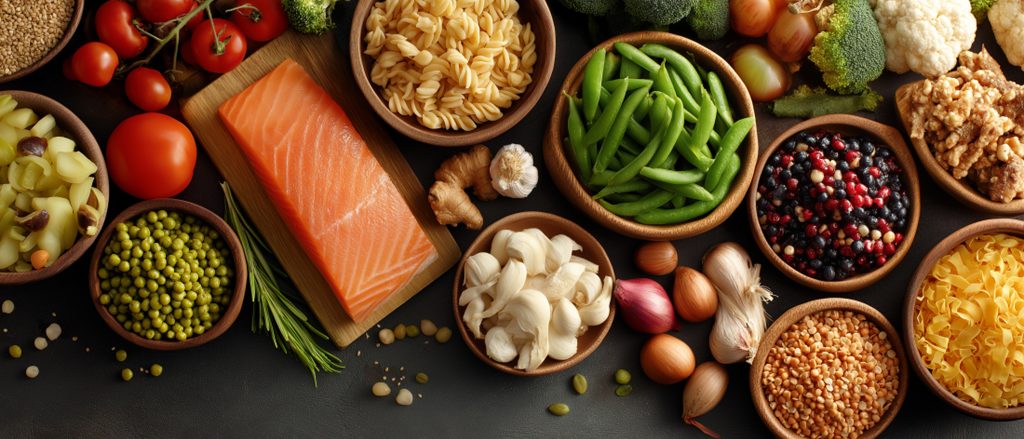
The Final Bite: Keep Your Ready-to-Eat Foods Truly Ready
At its core, the ready-to-eat food definition isn’t just about convenience — it’s about confidence. These foods may be prepped and packaged to serve, but their safety ultimately depends on how you handle them afterward.
Whether it’s sandwiches on the top shelf, salads kept chilled, or deli meats handled with gloves, every small step matters. Using clean tools, maintaining strict hygiene, and storing at the right temperature can be the difference between a satisfying meal and a foodborne mishap.
AAA Food Handler’s research shows that consistent habits — clean hands, separate utensils, and proper storage — dramatically reduce contamination risks. Safe handling isn’t complicated; it’s simply about being alert, informed, and proactive.
So, the next time you grab a ready-to-eat meal, remember: safety doesn’t end when cooking stops — it continues with every touch, shelf, and surface in your kitchen.
Get food handler–smart with AAA Food Handler — where knowledge keeps your kitchen compliant and your meals risk-free.
